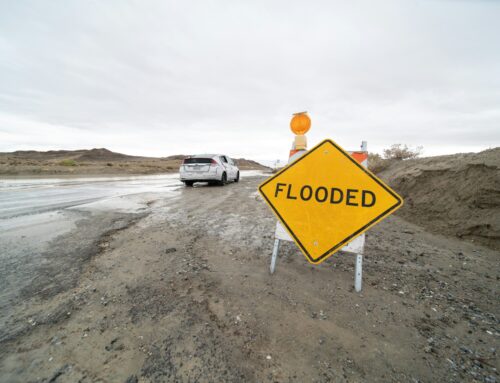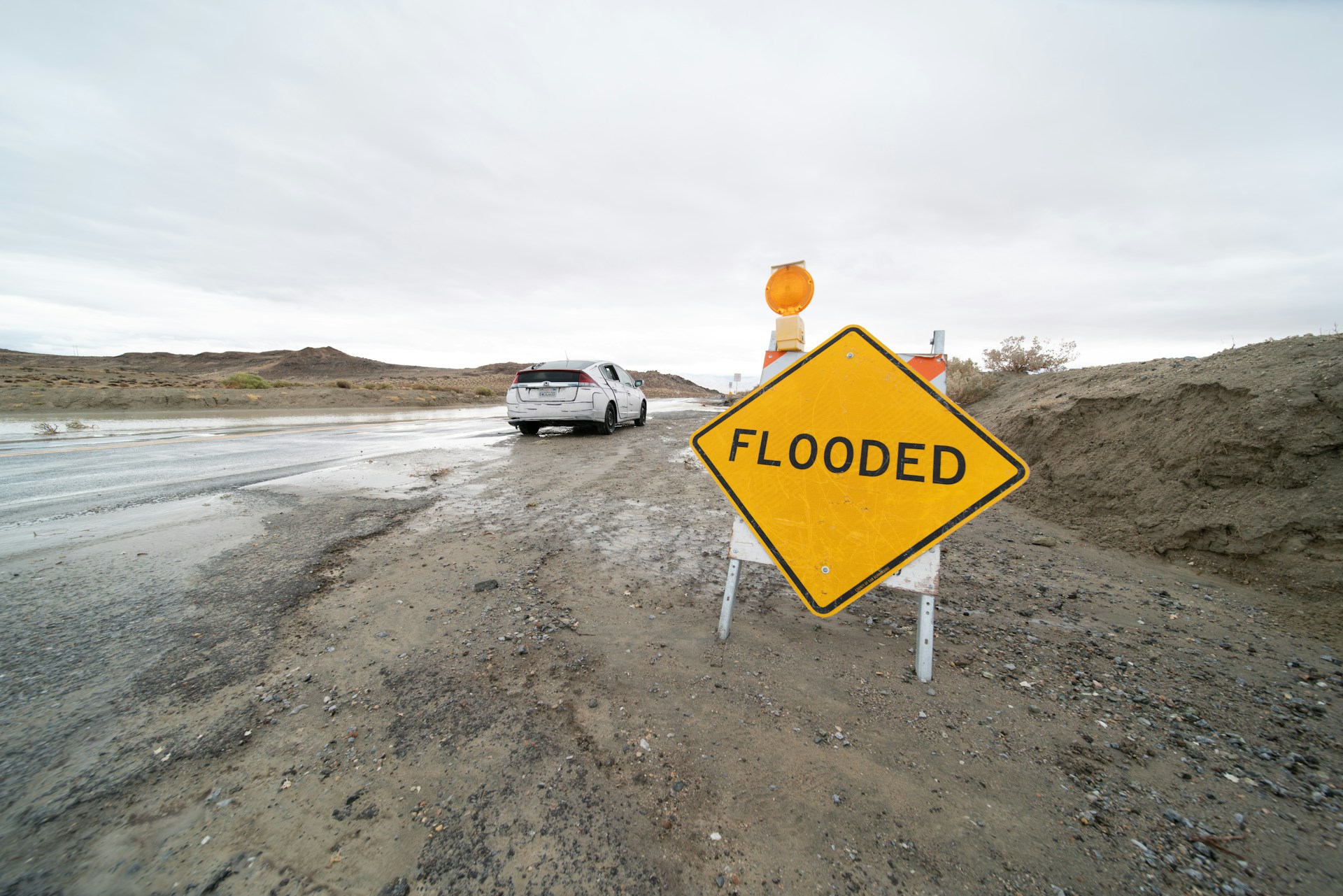WASHINGTON – In a new report, Taxpayers for Common Sense (TCS), a national, nonpartisan budget watchdog organization, breaks down historical and recent wildfire spending, up to and including the president’s Fiscal Year 2024 Budget Request, and examines the many programs crisscrossing the bureaucratic landscape.
TCS’s report, “Clearing the Smoke: A Closer Look at Federal Spending and Programs on Wildfire,” provides historical perspectives on how federal policy and spending got to where they are today and includes policy options – Taxpayer Tools – that should be considered to improve landscape, community, and fiscal resilience.
“We hope this report will be a resource for policymakers and advocates, communities and individuals. It’s important to know what taxpayer money is out there, and where it is going,” said Steve Ellis, president of TCS. “Researching the thicket of federal programs and spending, we realized there needs to be more readily available and accessible information on wildfire funding. Taxpayers deserve to understand where their money is going, and the intended beneficiaries of these billions of dollars.”
Large infusions of taxpayer cash reviewed in “Clearing the Smoke” include the Infrastructure Investment and Jobs Act and the Inflation Reduction Act. These two recent laws provide approximately $10.5 billion to the U.S. Forest Service, with billions more for wildfire-related investments across other federal agencies.
“The federal government has provided historic levels of funding,” Ellis noted. “But we must follow the taxpayer money to understand how communities are going to be better protected. We know a dollar in wildfire mitigation saves three in future losses. Billions of dollars can buy a lot of mitigation.”
Ellis was citing a 2019 National Institute of Building Sciences report on disaster mitigation investments that included an evaluation of mitigation spending in the Wildland Urban Interface (WUI). Recalibrating mitigation spending versus suppression funding was another “tool” listed in the report, as well as pursuing risk mitigation and smart redevelopment in the WUI and states working with insurers to help foster mitigation.
“Clearing the Smoke” also includes a roadmap of federal spending on wildfire across the various agencies involved as well as fact sheets on each agency.
“As Clearing the Smoke documents, there have been missteps and false solutions regarding wildfires for more than a century, and wildfires are costly in terms of Americans’ everyday lives, their property, and overall economic impact – even without talking about federal spending,” Ellis noted.
“Climate change will exacerbate these risks, so it is critical that federal officials chart the most effective path forward. We must take steps to spend this record federal investment responsibly by ‘presponding’ to future wildfire risks and reducing the impacts on people and property, Ellis concluded.
# # #










